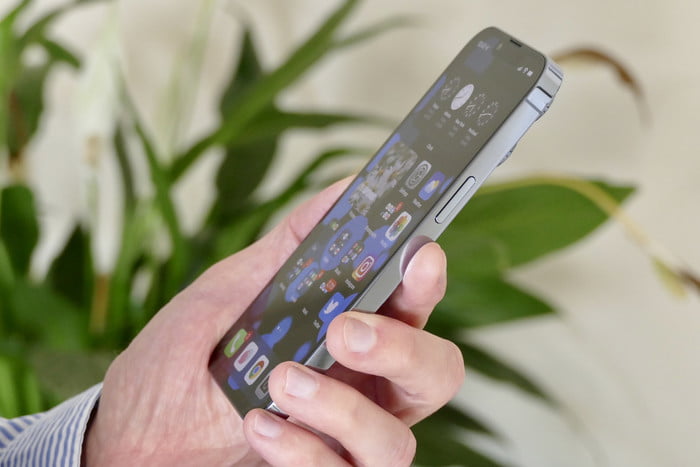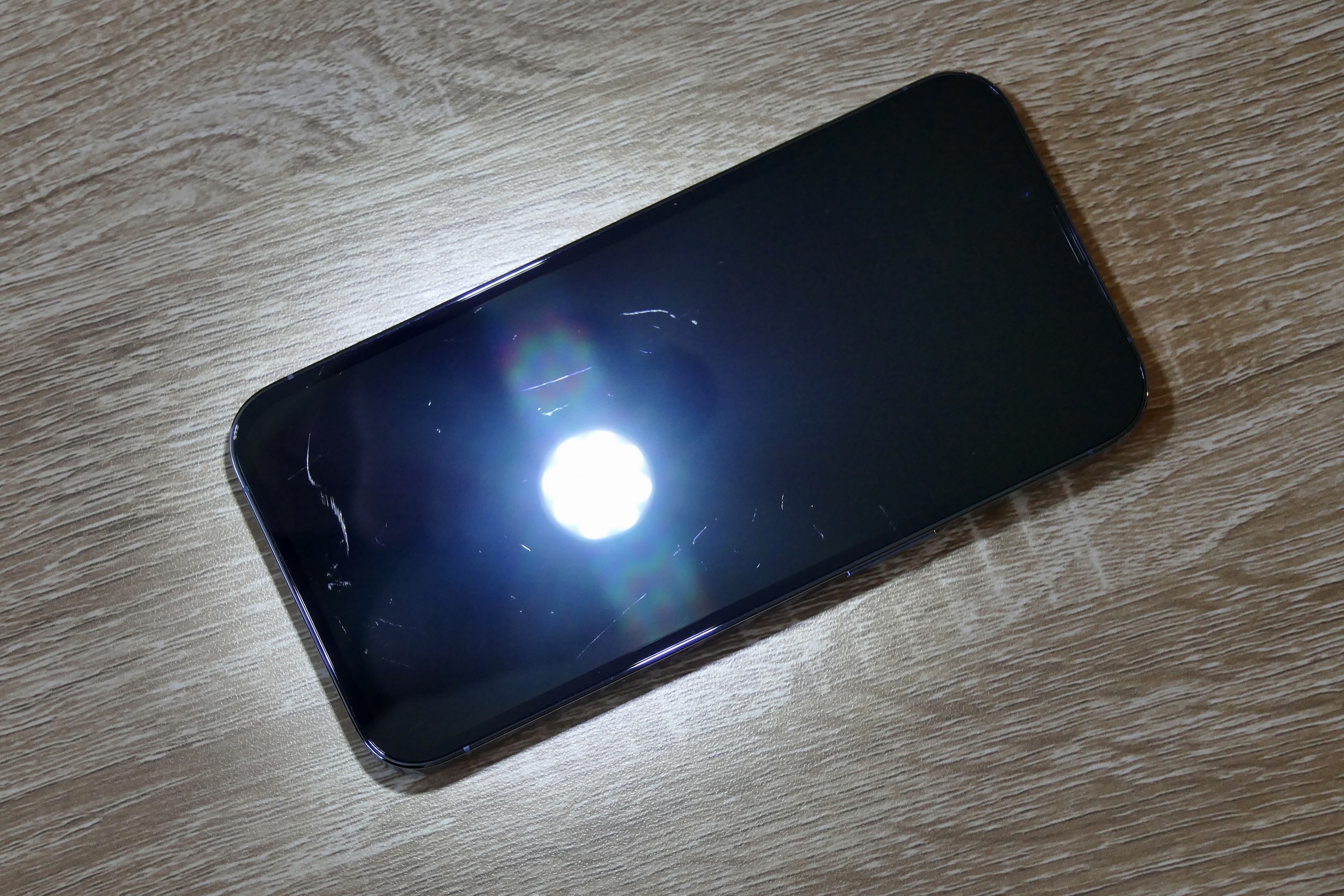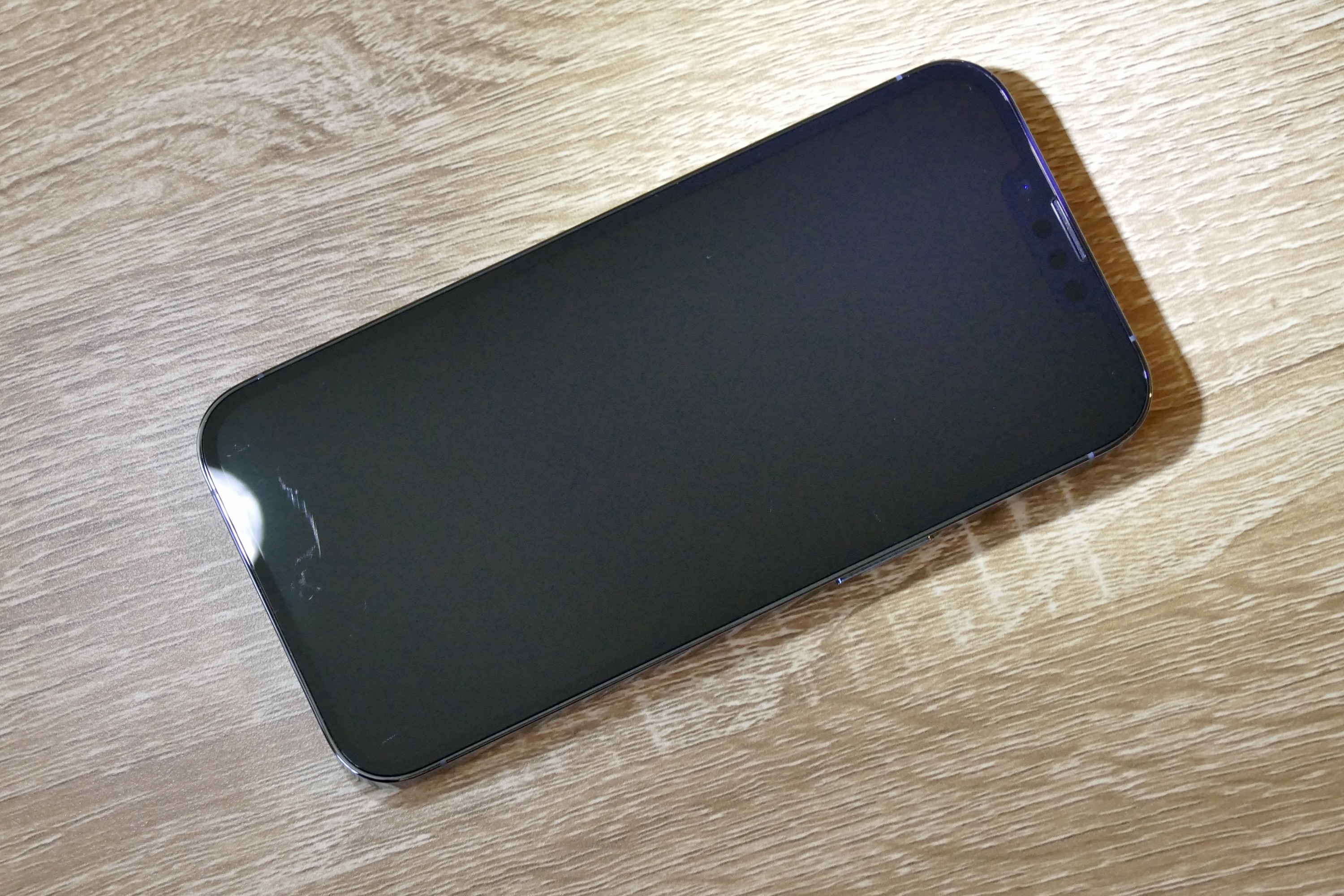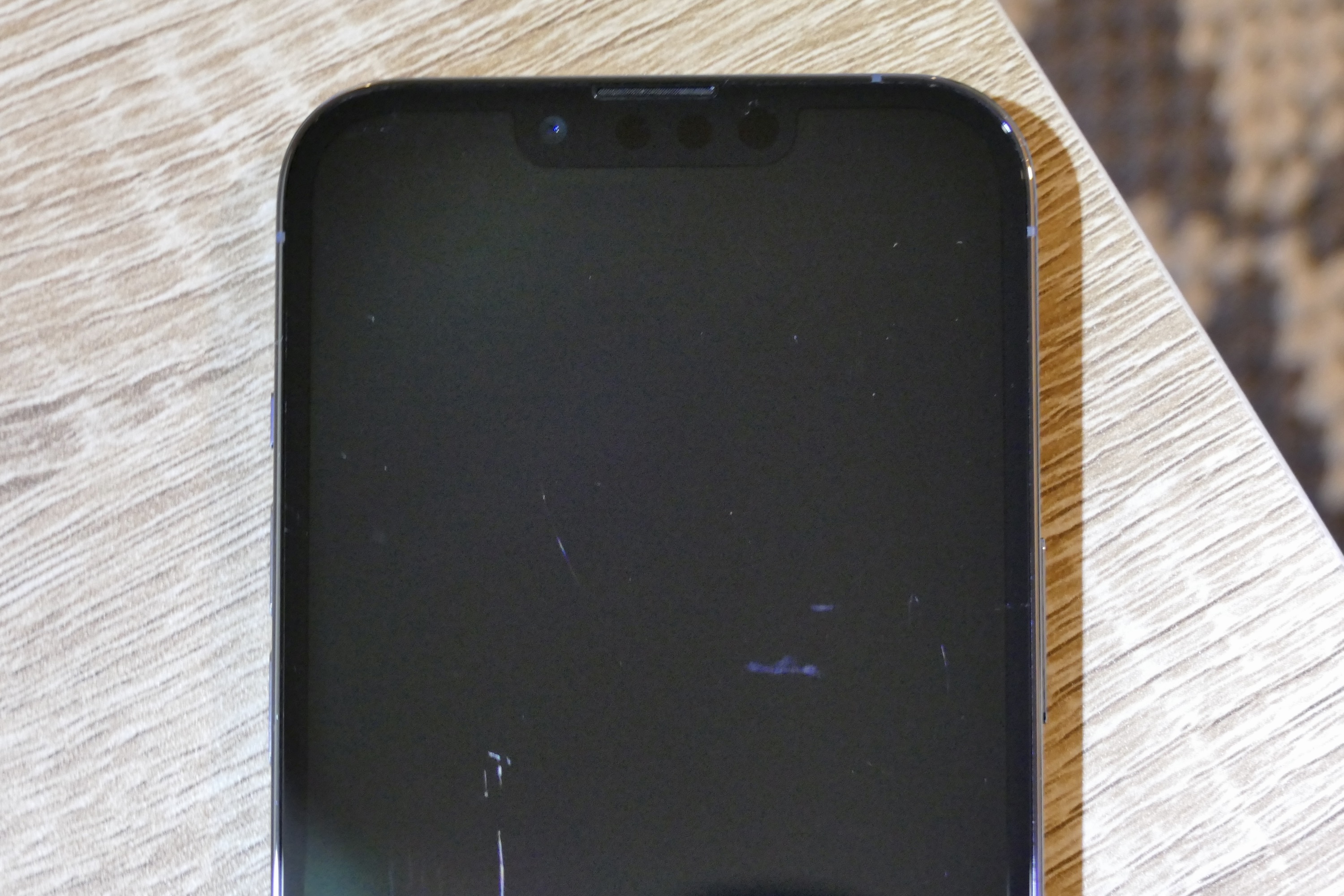Just how much do you need a screen protector on your new iPhone 14? Screen protectors are like cases — we don’t always want to buy and use them but feel we should protect our investment from harm. But with that comes the expense, the awkwardness of fitting the things, and sometimes a change in the feel of the glass under our finger.
The iPhone 14 Pro uses a special type of protective glass Apple calls Ceramic Shield, which it says offers scratch resistance and four times the drop protection versus iPhone models without the special glass. Is there any point in fitting a screen protector to it, and if you don’t, what will your phone look like after a year? That’s what we’ve found out.
What is Ceramic Shield?
Ceramic Shield glass was introduced on the iPhone 12 series, was used on the iPhone 13 series, and is fitted to the new iPhone 14 models, too. It doesn’t matter whether you buy a regular iPhone 14, the iPhone 14 Pro, or the iPhone 14 Pro Max — it has Apple’s Ceramic Shield glass on the front. Like the familiar Gorilla Glass fitted on many Android devices, Apple’s Ceramic Shield has also been developed by experts at Corning.

When it was introduced on the iPhone 12, Apple said Ceramic Glass was tougher than any smartphone glass and “goes beyond glass by adding a new high-temperature crystallization step that grows nano-ceramic crystals within the glass matrix, increasing drop performance by 4x.” This was compared to previous iPhone models, which didn’t use Ceramic Glass.
What Ceramic Shield looks like one year later
Now you know what it is, what about how it has performed? There are already various, and quite destructive, examples of breaking Ceramic Shield glass out there. While they certainly put the glass through its paces, hopefully, your own phone never has to withstand such harsh treatment. Instead, how about everyday life with it?
Since my own iPhone 13 Pro arrived on launch day in 2021, I have used it without a screen protector. I haven’t babied the phone during this time, it has been kept in my pocket, put in various bags, left on tables, and just generally used-but-not-abused. I’ve had the phone in different cases over the year, but not all provided a bezel to raise the phone off the surface if placed screen down.
This is my iPhone 13 Pro's screen after a year of use without a screen protector, so you can see how Ceramic Shield has worked to keep it free from harm.
I can only feel one scratch (and then only with my fingernail), and none can be seen with the screen on. pic.twitter.com/1rJy4MpBcK— Andy Boxall (@AndyBoxall) September 12, 2022
Do I regret not putting a screen protector on the iPhone 13 Pro, or has Ceramic Shield glass done a good job at keeping it free from scratches and scuffs? You can see in the short video above how it has performed, but understanding its effectiveness is more than just seeing if you can spot scratches on the surface.
Scratched, but not badly
The iPhone 13 Pro’s screen has gotten scratched, but crucially I can only feel one of them, and only when I use my nail. It’s at the very bottom of the screen and appears to be more of a scuff than a scratch when viewed under the light. None of the other scratches can be felt, and I only ever notice them with the screen off and when light is reflecting on the glass. None have affected screen performance.
I know how the scuffs at the bottom of the screen happened, which also gives an indication of how effective Ceramic Shield is at resisting harm in common situations. I had put the phone in my bag, and instead of slipping it into a separate pocket, I accidentally put it in the main compartment with my house keys and various other objects. It was shaken around for some time before it was removed, and that’s when I noticed the scuffs. It was only a few weeks into owning the iPhone 13 Pro when I was still quite precious about how it looked, hence noticing it immediately.
One of the longer scratches down the side of the screen was definitely caused by the camera module on another phone when the two were placed against each other in my bag (again, accidentally) and then carelessly pulled out. I felt the scratch happening when I took the phone out, yet it’s not something I can feel. I recall these situations specifically, but they weren’t unique. And despite happening more than once, the other times never resulted in a scratched screen. I’m either lucky, or the Ceramic Shield does a good job at minimizing damage.
Is a screen protector worth it?
There’s no doubt a screen protector would have taken these scratches and protected the Ceramic Shield beneath it, and when you took it off, the original screen would still be in pristine condition. This is helpful if you want to sell the phone in the future. However, in the meantime, you will have to use the phone with a screen protector on it, and not all have the same degree of tactility as the actual screen they cover. Plus, there’s no denying what a pain they can be to fit in the first place.
Considering the number of scratches the iPhone 13 Pro has accumulated over the last 12 months, and how I can only feel one of them with my fingernail, Ceramic Shield has done an impressive job. My phone hasn’t had any fights with a hammer or fallen from a great height, so I can’t speak to its ultimate performance. A screen protector may help keep the screen in one piece in more extreme circumstances, so if you’re prone to accidents it’s still a worthwhile addition to your new iPhone 14, along with a good case.
What will I do with my new iPhone 14 Pro? Considering how well Ceramic Shield seems to have protected my iPhone 13 Pro from scratches that I can feel or that affect performance, I’ll probably leave it to do its job again.
Editors' Recommendations
- Your Pixel 7 is about to get a whole lot less buggy — here’s why
- I created the perfect iPhone home screen — and you can too
- Watch the Galaxy S23 Ultra and iPhone 14 Pro Max face off in brutal drop test
- I tried replacing my $4,000 camera with the Galaxy S23 Ultra and iPhone 14 Pro
- The 5 biggest announcements we expect from Google I/O 2023









